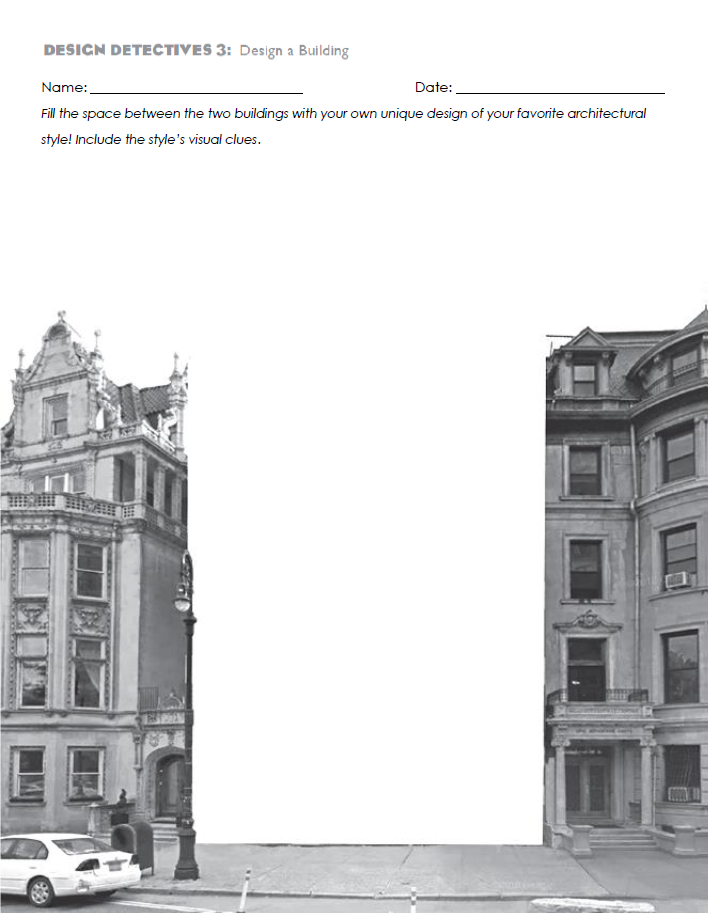KPF@HOME
Design DetectivesArchitectural style is the way a building looks. Throughout history, different kinds of architecture have been popular at different times. Each style has its own way of arranging building parts and using ornaments, or decorations.
Just as people have individual styles of dressing, so do buildings. When you describe the style of a building you are describing the way a building looks. All the design elements and building parts – shapes, patterns, roof, windows, decorations – work together to create a specific look or style.
All buildings have some style, often more than one. Different styles appeared at different times and places throughout history. There are many different styles on the Upper West Side. Let’s learn about two of those styles of architecture now!
Gothic Revival
This style of architecture is fancy and spooky all at once! Scroll over this picture of the Cathedral of St. John the Divine, located on Amsterdam Avenue and West 110th Street. Each colored shape reveals a visual clue of Gothic Revival architecture. Click to find them all! Then read more about the Gothic Revival style below.
Pointed arches are really common on Gothic Revival buildings. Instead of being totally round, these arches come to a point right at the top. You can usually spot them around windows and doors. Pointed arches are really common on Gothic Revival buildings. Instead of being totally round, these arches come to a point right at the top. You can usually spot them around windows and doors. Pointed arches are really common on Gothic Revival buildings. Instead of being totally round, these arches come to a point right at the top. You can usually spot them around windows and doors. Gothic Revival buildings usually have at least one tower. Sometimes they are large and square shaped (like this one), and sometimes they are tall and skinny with a pointy roof. Pinnacles are triangle-shaped decorations above doors and on the top of roofs. Sometimes they are decorated with things like crosses or other designs! Tracery is a popular on Gothic Revival Buildings: it is a kind of decoration that looks like lace! It has lots of little swirls, curls, and delicate little patterns. Keep an eye out for tracery over windows, around arches, and on the roof. Tracery is a popular on Gothic Revival Buildings: it is a kind of decoration that looks like lace! It has lots of little swirls, curls, and delicate little patterns. Keep an eye out for tracery over windows, around arches, and on the roof. Pinnacles are triangle-shaped decorations above doors and on the top of roofs. Sometimes they are decorated with things like crosses or other designs! Pinnacles are triangle-shaped decorations above doors and on the top of roofs. Sometimes they are decorated with things like crosses or other designs! Pinnacles are triangle-shaped decorations above doors and on the top of roofs. Sometimes they are decorated with things like crosses or other designs! Tracery is a popular on Gothic Revival Buildings: it is a kind of decoration that looks like lace! It has lots of little swirls, curls, and delicate little patterns. Keep an eye out for tracery over windows, around arches, and on the roof. Pointed arches are really common on Gothic Revival buildings. Instead of being totally round, these arches come to a point right at the top. You can usually spot them around windows and doors. Pointed arches are really common on Gothic Revival buildings. Instead of being totally round, these arches come to a point right at the top. You can usually spot them around windows and doors. Pointed arches are really common on Gothic Revival buildings. Instead of being totally round, these arches come to a point right at the top. You can usually spot them around windows and doors. Pointed arches are really common on Gothic Revival buildings. Instead of being totally round, these arches come to a point right at the top. You can usually spot them around windows and doors. Tracery is a popular on Gothic Revival Buildings: it is a kind of decoration that looks like lace! It has lots of little swirls, curls, and delicate little patterns. Keep an eye out for tracery over windows, around arches, and on the roof. Tracery is a popular on Gothic Revival Buildings: it is a kind of decoration that looks like lace! It has lots of little swirls, curls, and delicate little patterns. Keep an eye out for tracery over windows, around arches, and on the roof. Tracery is a popular on Gothic Revival Buildings: it is a kind of decoration that looks like lace! It has lots of little swirls, curls, and delicate little patterns. Keep an eye out for tracery over windows, around arches, and on the roof. Tracery is a popular on Gothic Revival Buildings: it is a kind of decoration that looks like lace! It has lots of little swirls, curls, and delicate little patterns. Keep an eye out for tracery over windows, around arches, and on the roof. Tracery is a popular on Gothic Revival Buildings: it is a kind of decoration that looks like lace! It has lots of little swirls, curls, and delicate little patterns. Keep an eye out for tracery over windows, around arches, and on the roof. Tracery is a popular on Gothic Revival Buildings: it is a kind of decoration that looks like lace! It has lots of little swirls, curls, and delicate little patterns. Keep an eye out for tracery over windows, around arches, and on the roof.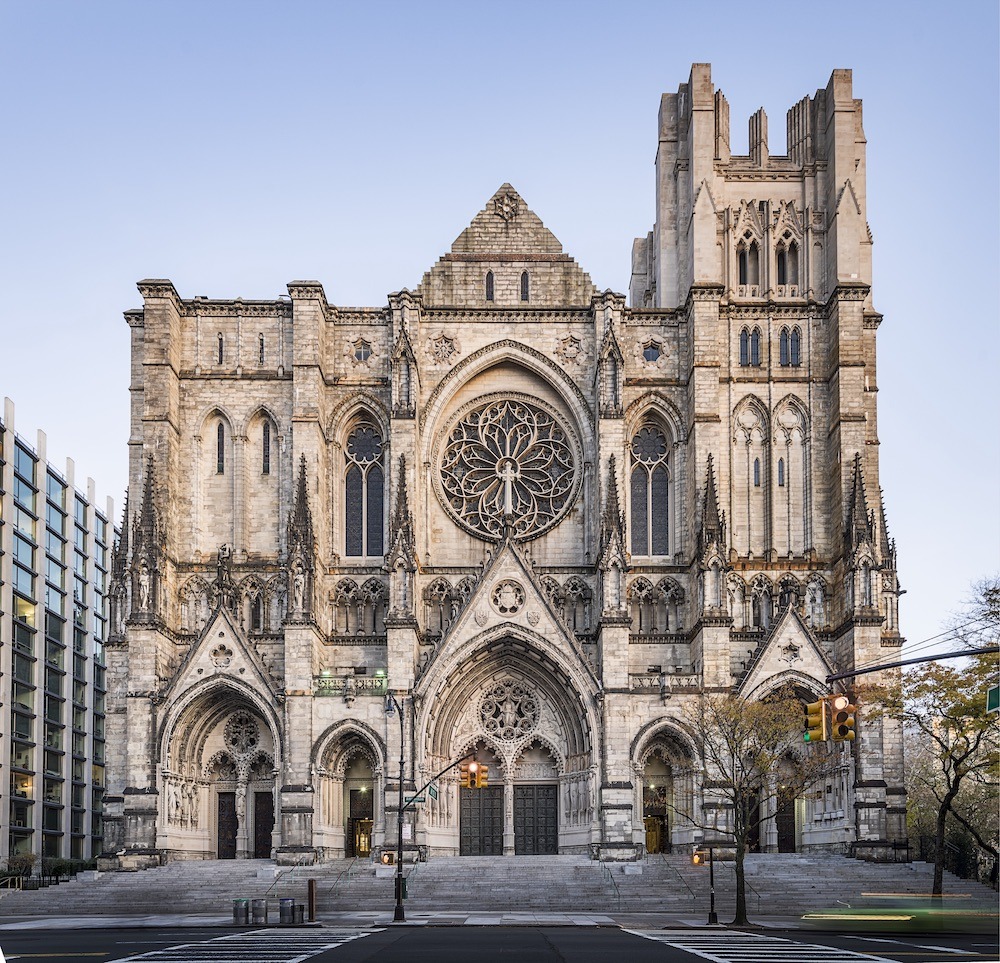
Pointed Arch
Pointed Arch
Pointed Arch
Tower
Pinnacle
Tracery
Tracery
Pinnacle
Pinnacle
Pinnacle
Tracery
Pointed Arch
Pointed Arch
Pointed Arch
Pointed Arch
Tracery
Tracery
Tracery
Tracery
Tracery
Tracery
The Gothic Revival style grew out of fascination with romantic stories that took place in the Middle Ages. The word “revival” means that it brought back an older style (the Gothic style) that was popular in Europe from around the 12th century. Inspired by the grand and ornate churches of that period, filled with huge stained glass windows and detailed stone carvings, the Gothic Revival style swept through cities from 1830 to 1860. It was often used for churches, colleges, and other buildings made to look as fancy and grand as possible.
Like you can see in the big picture above, there are lots of visual clues for Gothic Revival architecture. These clues are towers, pointed arches, tracery, pinnacles, and, best of all, gargoyles!
Romanesque Revival
Inspired by the ancient Romans and medieval Europe, this style is bold and solid. Scroll over this picture of the West-Park Presbyterian Church, located on Amsterdam Avenue and West 86th Street. Each colored shape reveals a visual clue of Romanesque Revival architecture. Click to find them all! Then read more about the Romanesque Revival style below.
Towers are the biggest visual clue for Romanesque Revival architecture! These towers are usually large and tall, with some decorations like arches and windows. These buildings usually have many rounded arches: a curved, semi-circle shape with a smooth and rounded top. Look for these arches in the windows, above doors, and in other decorations. These buildings usually have many rounded arches: a curved, semi-circle shape with a smooth and rounded top. Look for these arches in the windows, above doors, and in other decorations. Columns are cylinder-shaped pillars, famous for their use in ancient Greece and Rome. On Romanesque Revival buildings, they are attached, or stuck, right on to the outside of the building. Columns are cylinder-shaped pillars, famous for their use in ancient Greece and Rome. On Romanesque Revival buildings, they are attached, or stuck, right on to the outside of the building. Columns are cylinder-shaped pillars, famous for their use in ancient Greece and Rome. On Romanesque Revival buildings, they are attached, or stuck, right on to the outside of the building. Columns are cylinder-shaped pillars, famous for their use in ancient Greece and Rome. On Romanesque Revival buildings, they are attached, or stuck, right on to the outside of the building. Romanesque Revival Buildings usually have a rough and bumpy texture out the outside, due to the large and coarse stones used to make those walls. Another common visual clue is small windows- look out for tiny window panes inside the big walls! Another common visual clue is small windows- look out for tiny window panes inside the big walls! Another common visual clue is small windows- look out for tiny window panes inside the big walls! Another common visual clue is small windows- look out for tiny window panes inside the big walls! Another common visual clue is small windows- look out for tiny window panes inside the big walls! Another common visual clue is small windows- look out for tiny window panes inside the big walls! These buildings usually have many rounded arches: a curved, semi-circle shape with a smooth and rounded top. Look for these arches in the windows, above doors, and in other decorations. These buildings usually have many rounded arches: a curved, semi-circle shape with a smooth and rounded top. Look for these arches in the windows, above doors, and in other decorations. These buildings usually have many rounded arches: a curved, semi-circle shape with a smooth and rounded top. Look for these arches in the windows, above doors, and in other decorations. Another common visual clue is small windows- look out for tiny window panes inside the big walls! Another common visual clue is small windows- look out for tiny window panes inside the big walls! Another common visual clue is small windows- look out for tiny window panes inside the big walls! Another common visual clue is small windows- look out for tiny window panes inside the big walls! These buildings usually have many rounded arches: a curved, semi-circle shape with a smooth and rounded top. Look for these arches in the windows, above doors, and in other decorations. Columns are cylinder-shaped pillars, famous for their use in ancient Greece and Rome. On Romanesque Revival buildings, they are attached, or stuck, right on to the outside of the building. Columns are cylinder-shaped pillars, famous for their use in ancient Greece and Rome. On Romanesque Revival buildings, they are attached, or stuck, right on to the outside of the building. Columns are cylinder-shaped pillars, famous for their use in ancient Greece and Rome. On Romanesque Revival buildings, they are attached, or stuck, right on to the outside of the building. Romanesque Revival Buildings usually have a rough and bumpy texture out the outside, due to the large and coarse stones used to make those walls.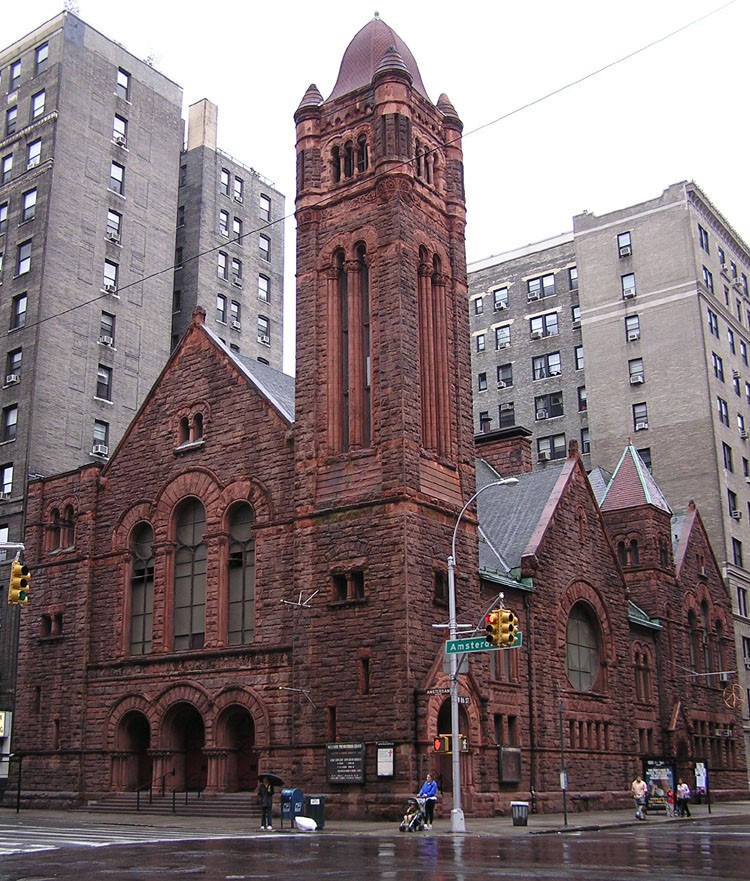
Towers
Rounded Arches
Rounded Arches
Attached Columns
Attached Columns
Attached Columns
Attached Columns
Rough Stone Exterior
Small Windows
Small Windows
Small Windows
Small Windows
Small Windows
Small Windows
Rounded Arches
Rounded Arches
Rounded Arches
Small Windows
Small Windows
Small Windows
Small Windows
Rounded Arches
Attached Columns
Attached Columns
Attached Columns
Rough Stone Exterior
This style is called Romanesque Revival. In the United States from about 1890 to the early 1900s some public buildings and houses of the wealthy were designed to remind us of medieval castles or churches. During that time, there was a popular style called “Romanesque” that was itself inspired by ancient Roman architecture. The Romans used lots of arches and columns in their buildings, which is why we see so many of those shapes in Romanesque Revival buildings today.
Like you can see in the big picture above, there are lots of visual clues that are common to Romanesque Revival architecture. These clues are towers, rounded arches, rough stone on the outside of thick walls, small windows, and attached columns.
Activities
I Spy…Visual Clues in Architecture Worksheets
Instructions:
Search the pictures below for visual clues about their styles of architecture! Assign each clue its own color, then use that color to circle or color in each clue as you find it.
Materials:
Your device, or:
Printer and printer paper
Colored pencils, highlighters, or other coloring utensils
Time:
20 minutes
Building Detectives Sketch Sheet
Make your own Brownstone
Instructions:
Follow this video to see how to make your own brownstone building! Shake things up by including visual clues for these styles in your design.
Materials:
Paper, glue, pens and pencils.

Check Out Our Other KPF Kids Programs
Neighborhood Explorers
Discover all of the different pieces that make up your community! Learn all about the buildings where people live, eat, and shop while imagining your dreams for the future.

Local History Detectives
What did your neighborhood look like 100 years ago? Explore old photographs and maps to see how the streets around you have changed over time.
Acknowledgements
KPF is made possible by the contributions of Council Members Helen Rosenthal and Mark Levine, as well as the New York State Council of the Arts (NYSCA) and the Department of Cultural Affairs (DCLA). With their support, Landmark West’s KPF program offers a suite of seven 3-part courses aligned with the NYC Core Curriculum in Upper West Side public schools for free every year.

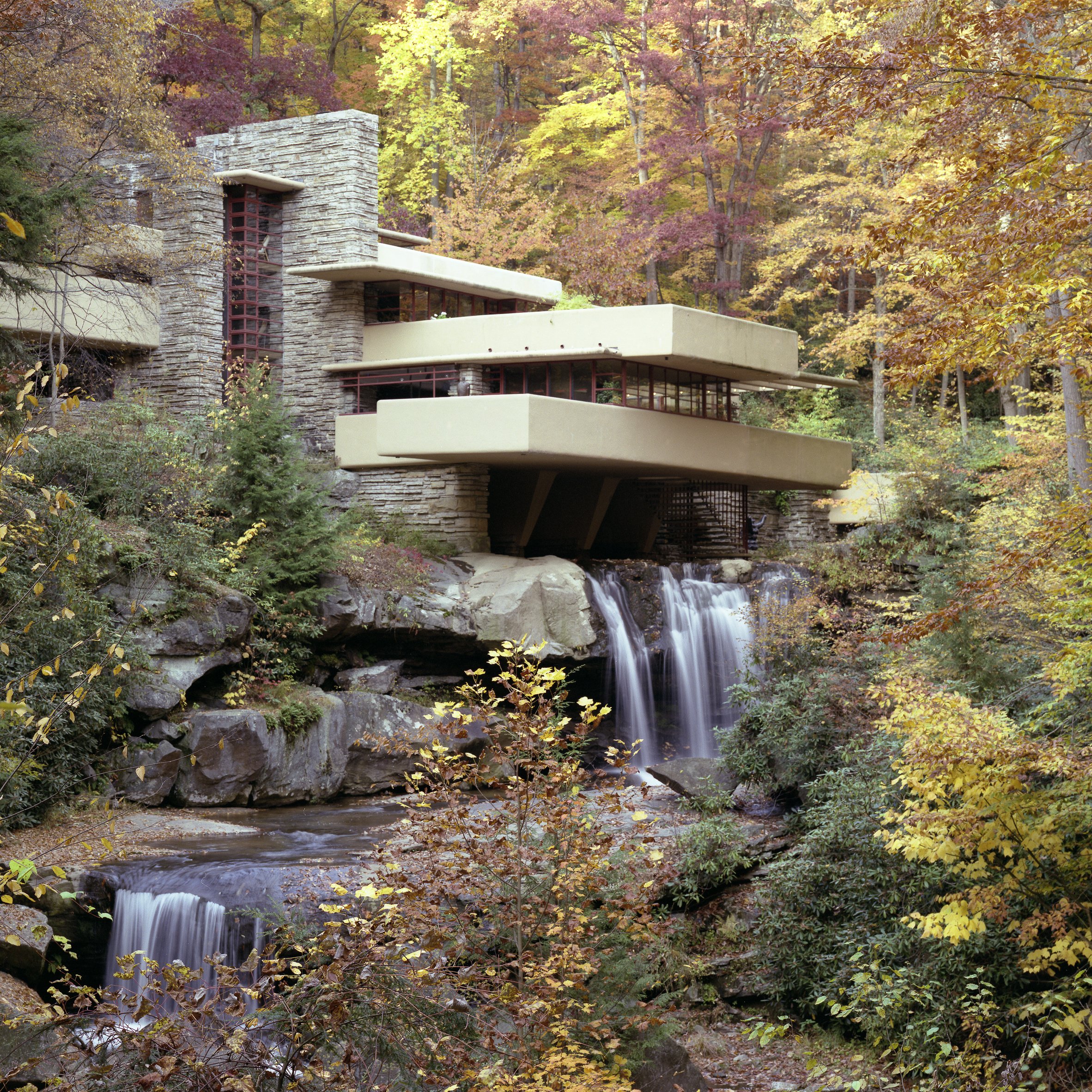

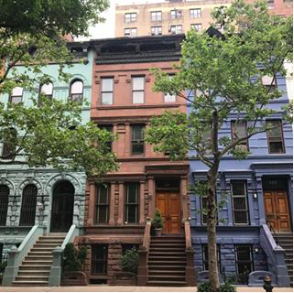
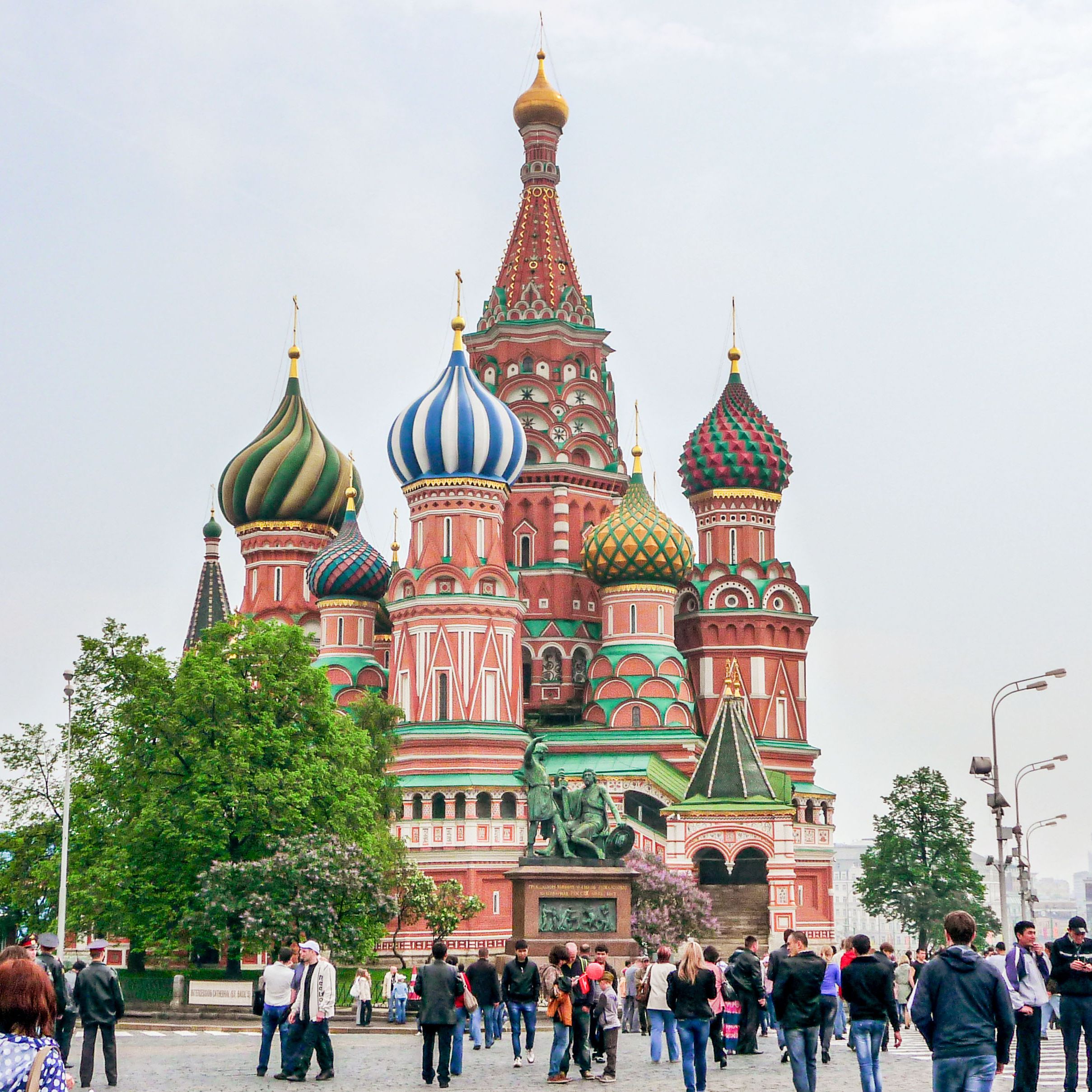
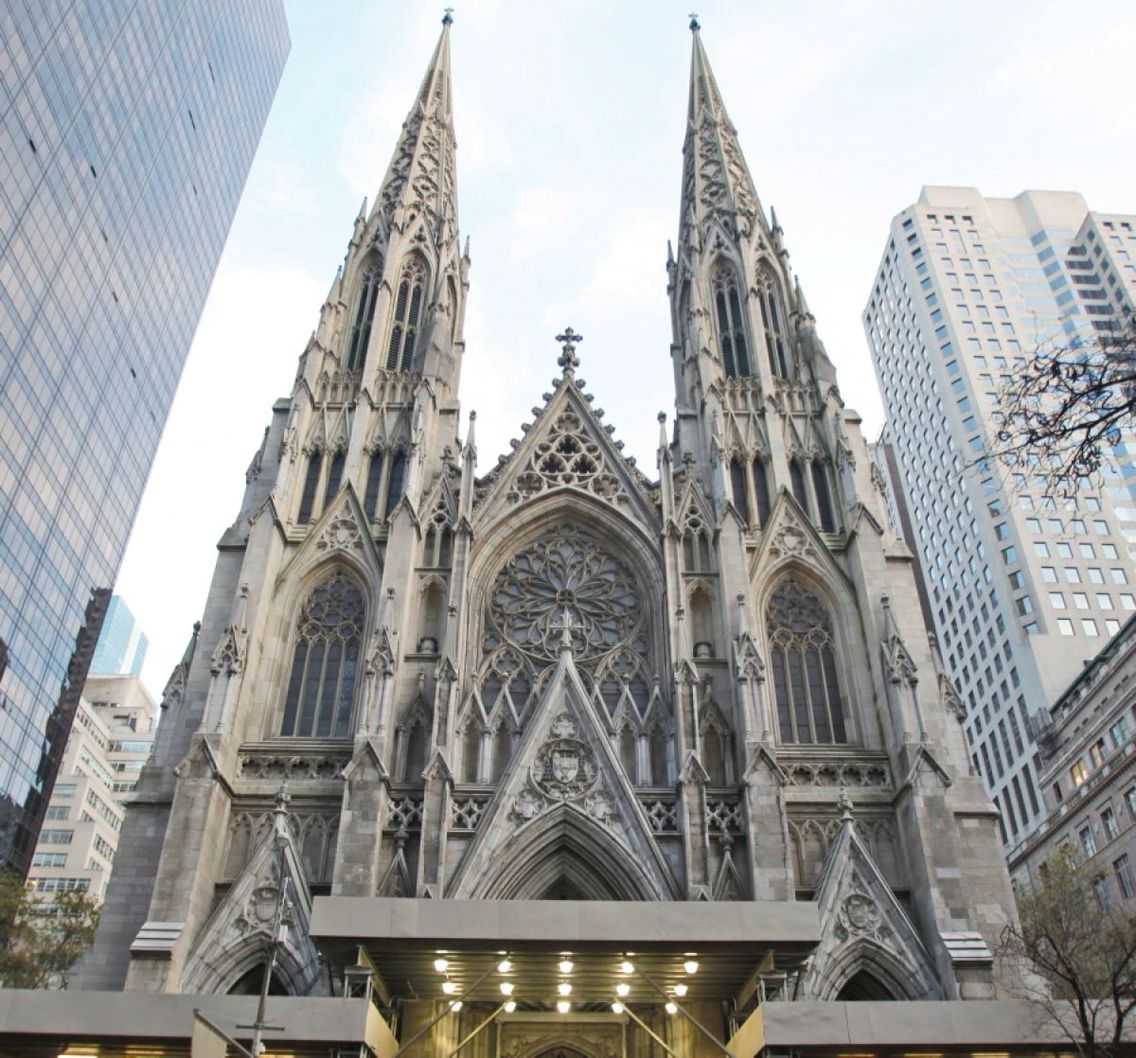
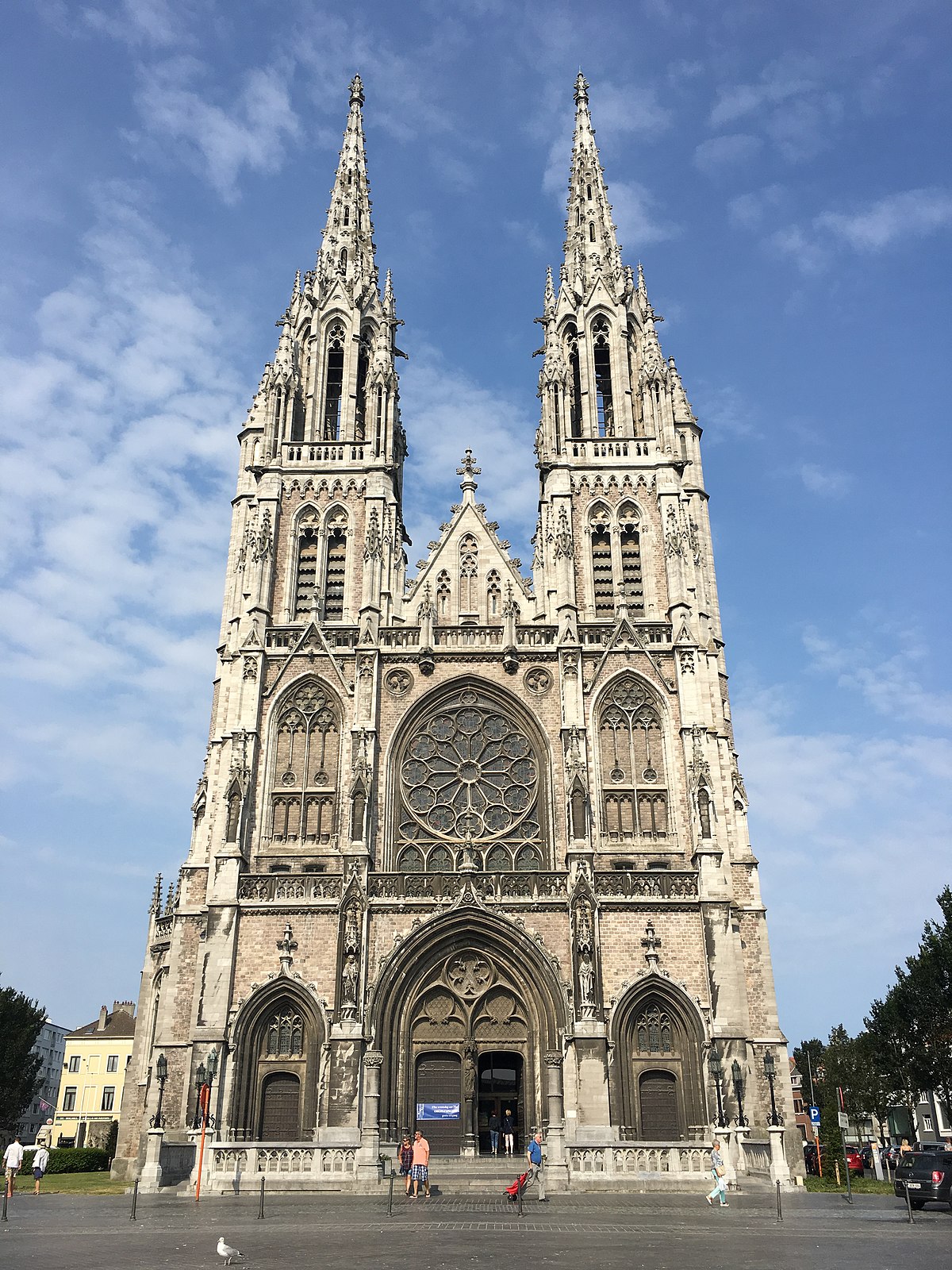
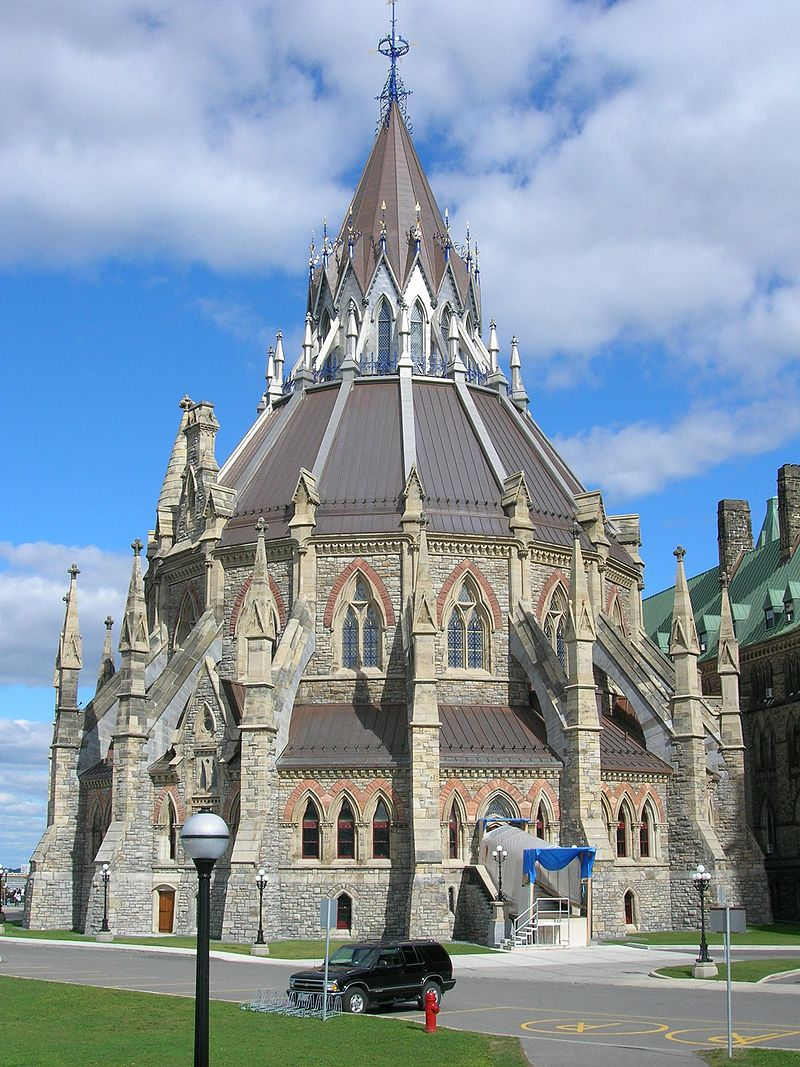

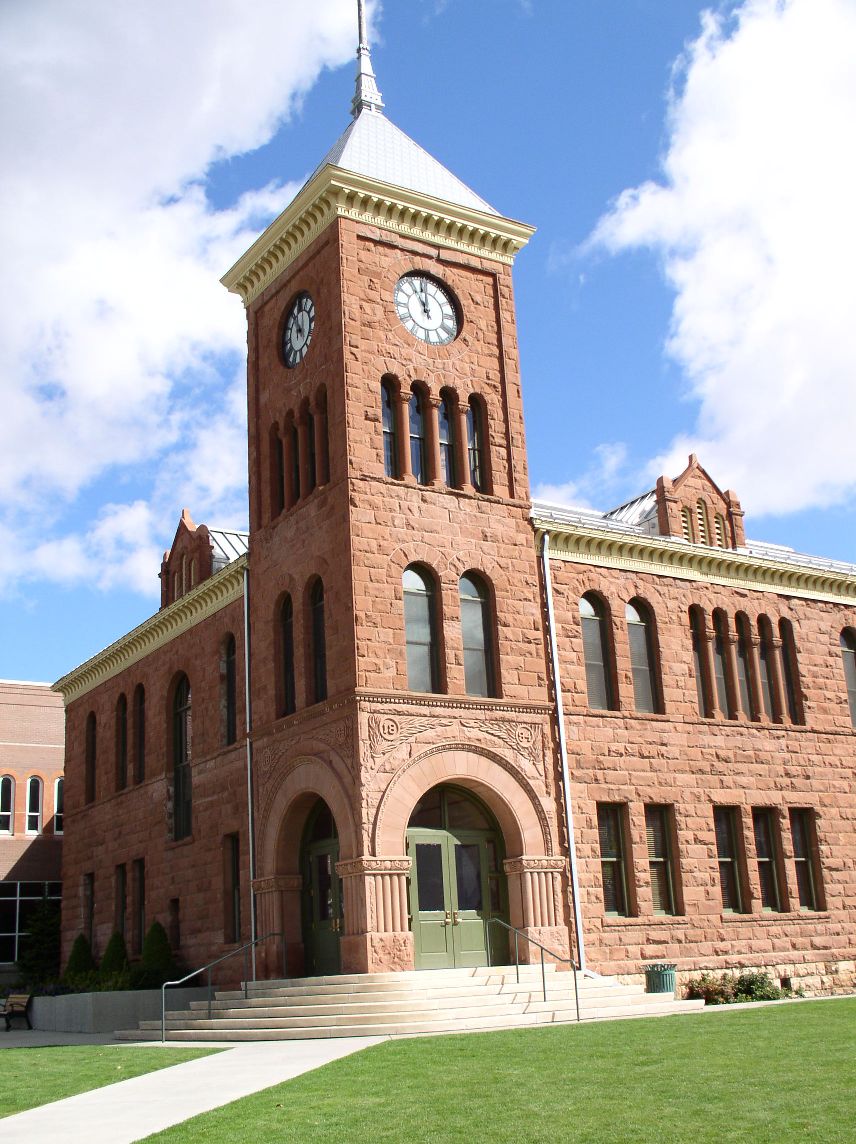
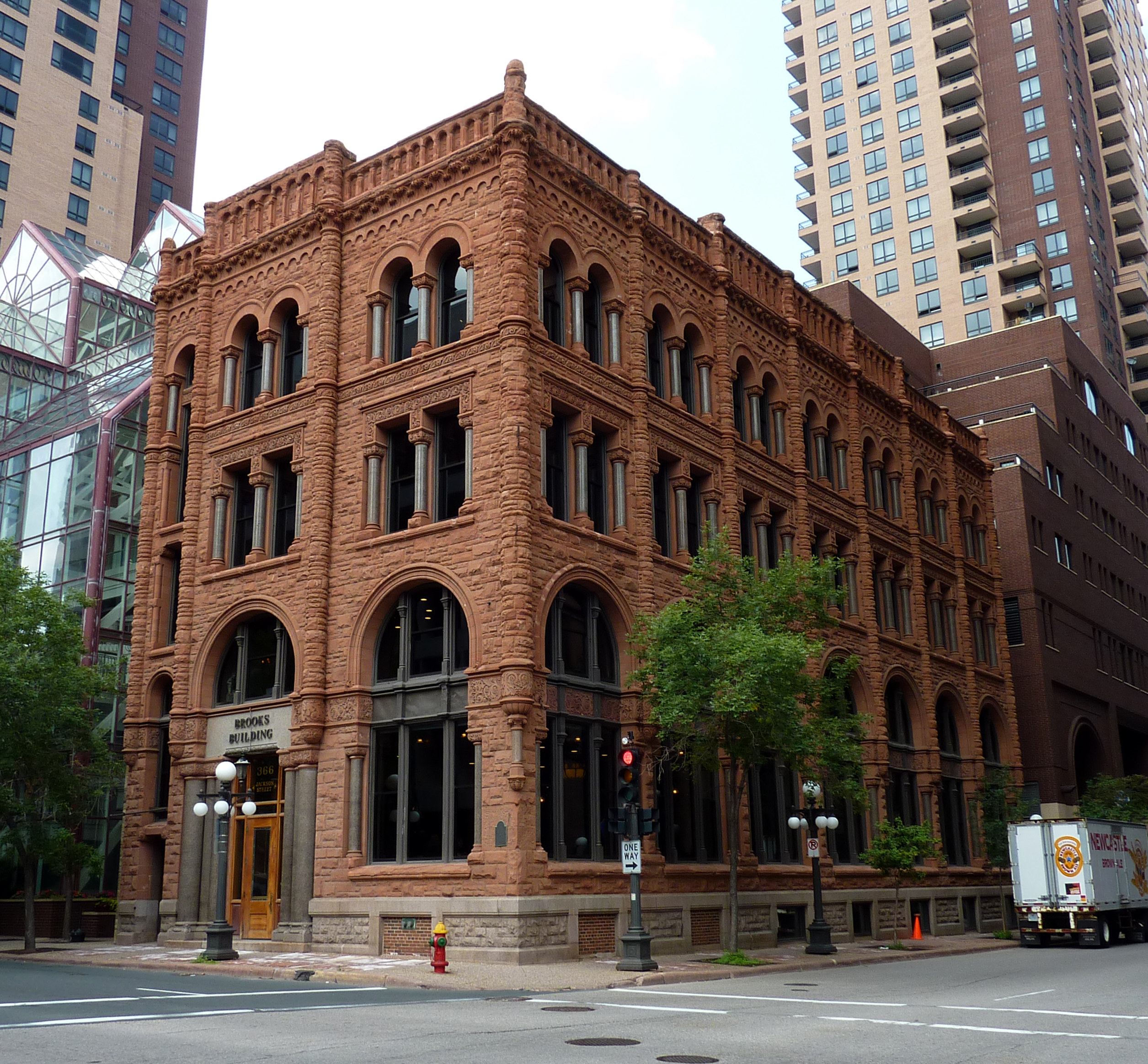
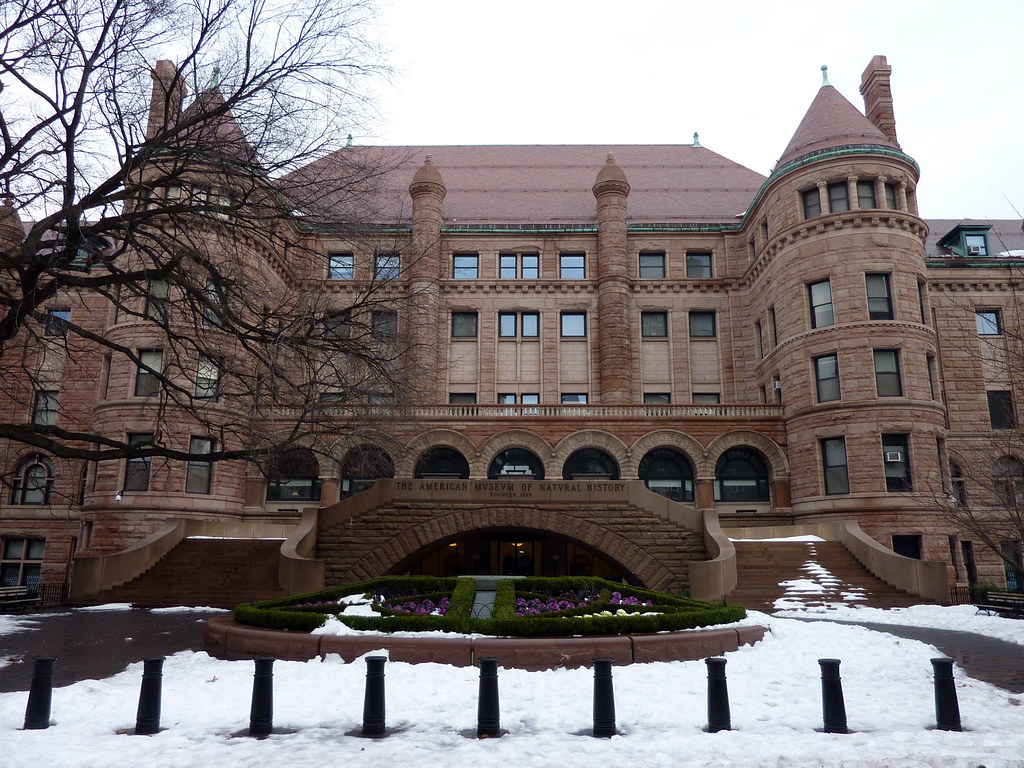
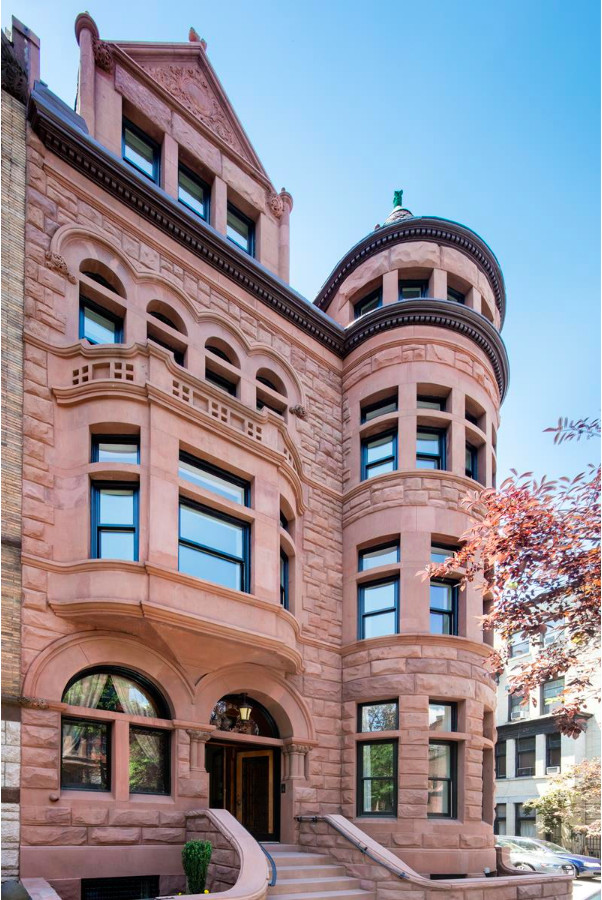
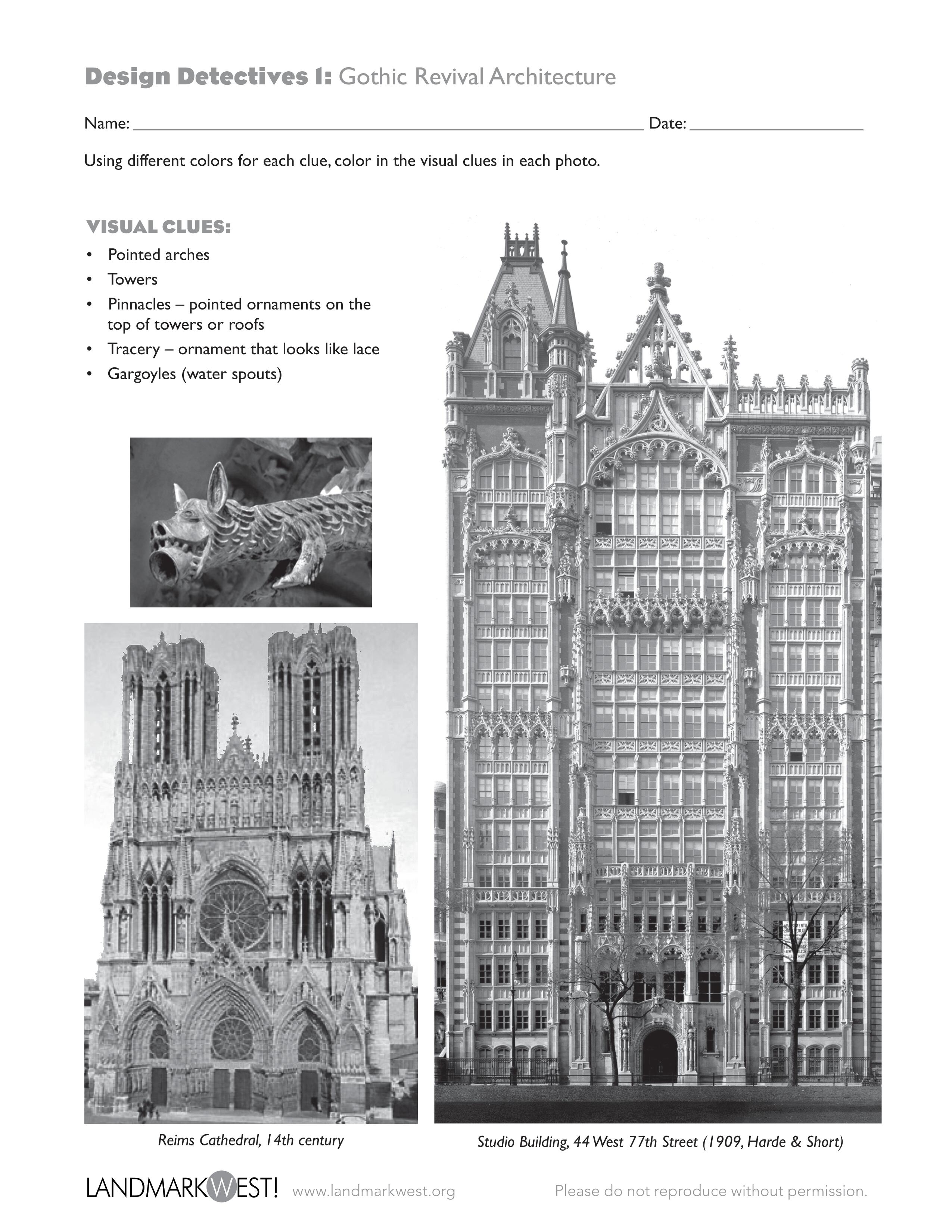
![0001[1]](https://www.landmarkwest.org/wp-content/uploads/2021/09/00011.jpg)

